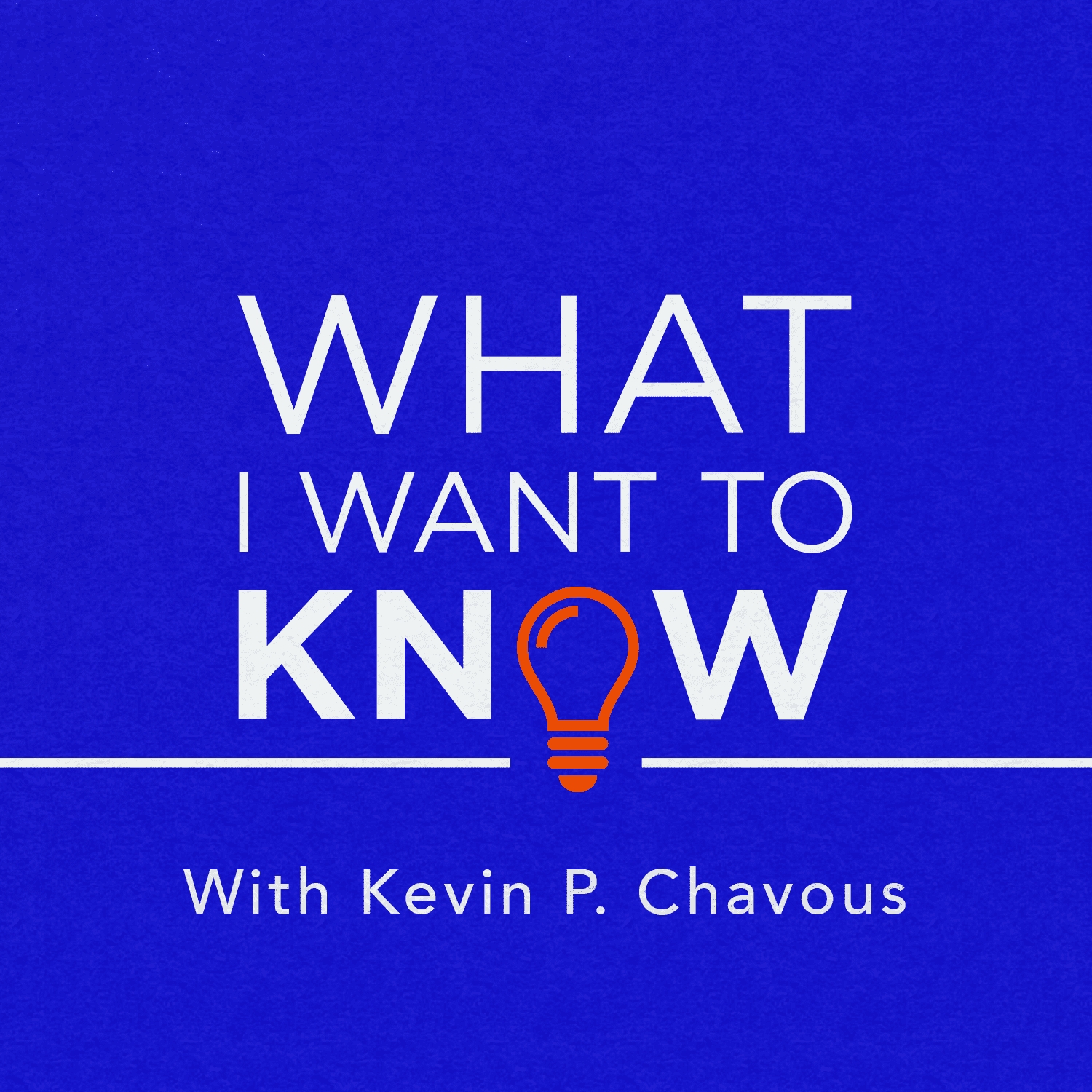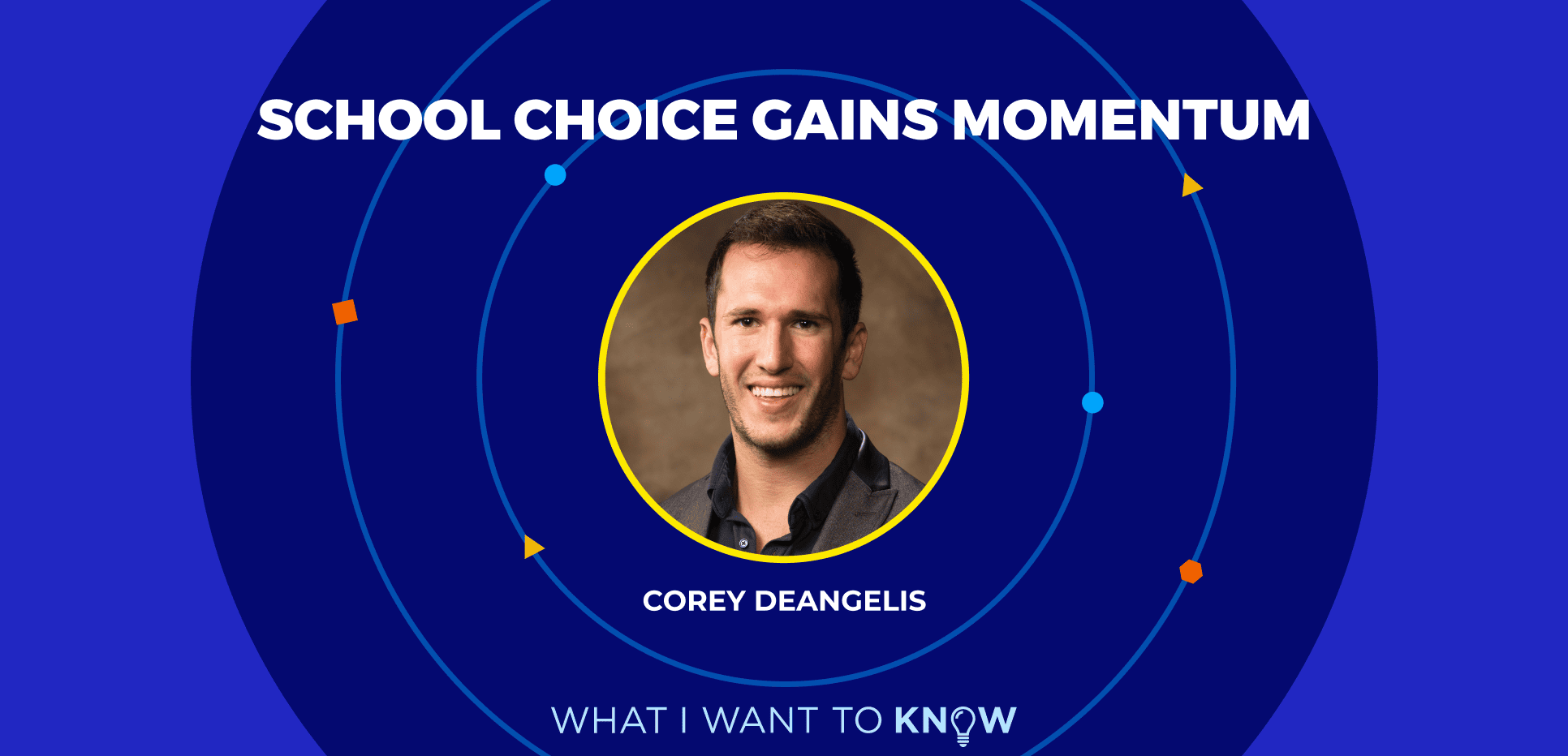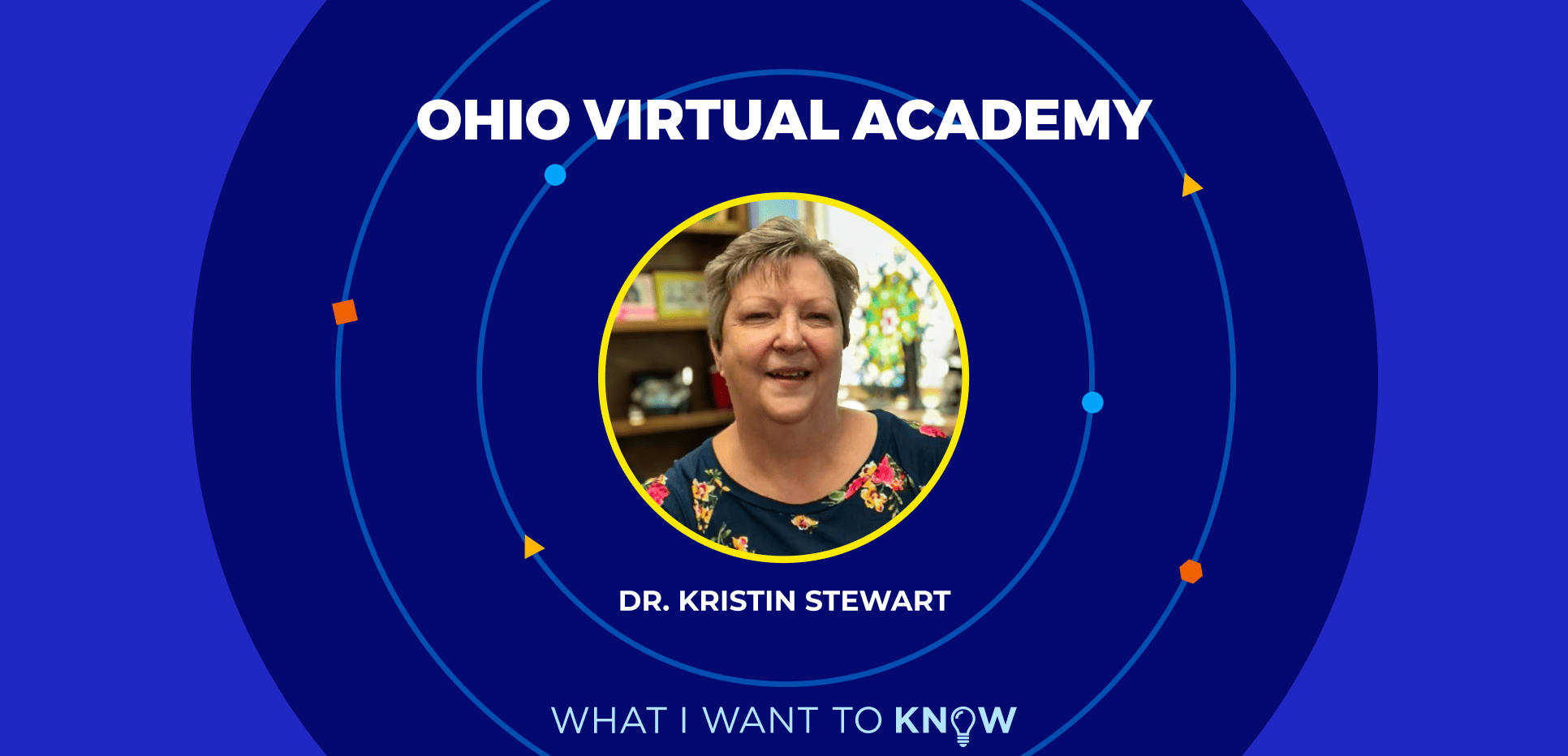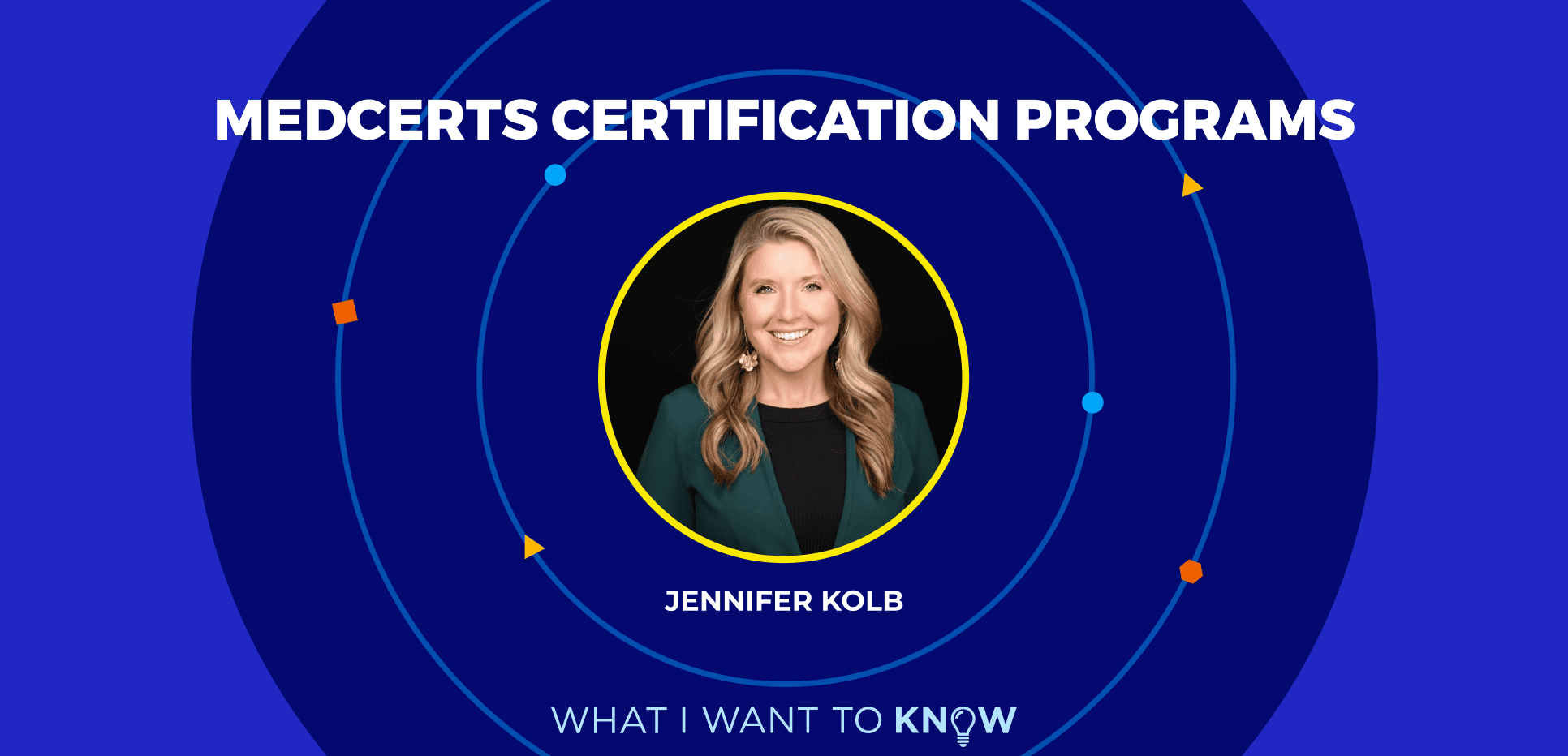According to Publishers Weekly, comic book and graphic novel sales increased by 62% in 2021 to more than $2 billion. With their ongoing popularity among youth, can comic books help encourage a love of reading among students?
Do comic authors write differently for younger audiences? And how might comic books and graphic novels be used in the classroom?
In this episode, Kevin discusses how comic books can effectively teach kids to read with the comic book and graphic novel writer Ryan North.
Listen to the Full Audio
Listen on: Apple Podcast, Spotify
Transcript
Kevin: According to Publishers Weekly, sales of comic books and graphic novels increased by 62% in 2021 to over $2 billion. With their ongoing popularity among youth, can comic books help encourage a love of reading among students? Do comic authors write differently for younger audiences? And how might comic books and graphic novels be used in the classroom? This is What I Want to Know. Today I’m joined by Ryan North to find out.
Kevin: Ryan North is an author of nonfiction, comic books, graphic novels, webcomics, and podcasts. He has won multiple awards for his young adult books, namely Adventure Time, and The Unbeatable Squirrel Girl. Ryan has written for both Marvel and DC Comics, and he is currently the writer for The Fantastic Four at Marvel, as well as the upcoming graphic novel, Danger and Other Unknown Risks. Today he joins us to discuss engaging younger audiences and how comic books and graphic novels can aid students with reading comprehension. Ryan, welcome to the show.
Ryan: Thank you for having me. I’m super excited to be here.
Kevin: You are an author; you do a lot of different things. You’re a comic book writer — I want to talk about that — but you also are a bit of a computer geek, if you will. So, talk about this transition from being in the computer tech world to becoming a comic book writer and author.
Ryan: Yeah, that’s a great question, and I can tell you that when I grew up, in my mind at least, it felt like there was a big gulf between the two. You can be a computer guy or you can be an artist, and there wasn’t really much overlap; there wasn’t really much space in between. I remember in undergrad trying to decide… in high school rather, trying to decide what my major was going to be. Do I want to study computers? Do I want to do writing? And I went with computers on the theory that I could always do writing, study the humanities, in my spare time.
It felt like kind of a line, it felt like a cheat I was giving myself, but then I managed to do a degree in computer science while doing a minor in film study, so keeping that part of me alive. And then, while I was doing that, I started a webcomic called Dinosaur Comics, where I put a new comic up every day for free and practiced writing that way and gathered an audience. Then by the time I was in grad school, I was doing the comic, keeping it up. When I graduated two to three years later, I faced this choice between: do I get a real job, or do I keep doing comics on the internet? And it was very easy.
Kevin: But I know in my own experience, the feeling was that wherever you land careerwise, and then wherever you land jobwise, that’s where you were going to be; there was not a lot of moving around. It’s like, this is your job; you do it for 40 years; you get a gold watch; you retire. I remember I had a public life in D.C., and then I decided to write a book, and I had always been a frustrated writer, and I wrote another one. And someone wrote, “Kevin Chavous’s problem is he doesn’t know what he wants to be when he grows up.” And I said, “Actually, I don’t want to grow up. I want to do as much as I want to do when I want to do it. I’m just glad to see that.” You did land in the comic book writing world. I take it that that’s always been an interest of yours, as you just said?
Ryan: Sort of. It’s been an abstract interest of mine because I grew up in a very small town, and this was before the internet, and so there wasn’t really a way to experience comics. I knew about superheroes, like Spider-Man, Batman, those sorts of characters, but I just knew of them through cultural osmosis and maybe a TV show, movie, where I didn’t know anything about the medium.
It’s funny because I got a job when I graduated high school, a summer job. With that money, I borrowed my parents’ car, and I drove into the big city of Ottawa, and I went to a comic book store and spent my first paycheck on comics grabbed effectively at random. I knew nothing. I was just grabbing things that looked interesting. So clearly, there was a desire to know more about the medium and some attraction there, something that drew me to it, but it was almost on a level of subconsciousness. I just thought comics were interesting.
Then I started reading them and fell in love with this weird alchemy between pictures and words and all the potential there, and the fact that much like computers, this is a medium that’s young, and we’re still figuring out what it can do. One of my favorite things about comics is that you can read a comic almost routinely that does something with the form that you haven’t seen before, and that’s exceptional. You don’t see that in prose nearly as frequently because we’ve been writing prose for thousands and thousands of years. But comics is such a young medium and such a new medium that there’s still uncharted ground to explore, which for me is really, really cool and really very exciting.
Kevin: But in terms of comic book writing, what is interesting is that you have people of, well, they’re mostly identified as a lot of young folks; you have people of all ages who read comic books. Isn’t that true?
Ryan: Yeah, it’s a medium, especially in North America, that I think has labored under preconceptions or misconceptions of what it can be. One of the larger ones is that comics are for kids. You see newspaper stories going back to the ’70s, probably sooner or earlier, that say things like, “Biff, bam, pow, comics aren’t just for kids anymore.” They haven’t just been for kids since their inception, but we have this idea that this is a juvenile medium, a medium that’s best suited to young people only. And there’s so much opportunity there. I’ve written a choose-your-own-path version of Shakespeare, and that’s where it’s like the Choose Your Adventure books we read as a kid, where you just don’t know what happens next by turning to different pages.
What I found was that that form also, like comics, is one that’s typically only been used for younger readers. And then, when you’re adapting something that’s more adult, like a Shakespeare play, there’s all this potential in the forum that isn’t being used by other authors because it’s being dismissed partially as something that’s just for kids. And the more that that idea changes, the more that people, that adults read a comic and say, “Oh, I didn’t think it could do this. I didn’t think it could be like this,” the happier I am, because that is breaking down that preconception.
Kevin: Now, as a comic book writer, let’s talk about it from your point of view, your perspective. When you’re writing storylines in comic books, do you think in terms of the audience, and do you write a certain way thinking kids may read it as opposed to adults?
Ryan: Yes and no. I’ve said before that I’m normally, in most of my modes, I’m writing for an all-ages audience. That doesn’t mean for kids; that means literally for all ages. So I try to make it accessible, and the secret, my secret to all-ages writing is that everyone keeps their clothes on and nobody swears, and that’s it. Everything else, you’re just writing normally, because kids can tell when they’re being spoken down to, and they’re smarter than we give them credit for. They’ll know. They pick up on so much of the world around them, and they want, in my opinion, stories that treat them like little people and not like little kids. So, yes, I have in mind what the audience will be, and that might affect the way the story goes in certain ways, but generally, it’s just everyone keeps their clothes on and nobody swears and we’re off to the races.
Kevin: Let’s talk specifically about kids and comic books. There is this attraction to comic books that is uniquely there for children. Why is that? Why is this notion of receiving a story or receiving a point of view seemingly so attractive to young people as opposed to just reading words on a page?
Ryan: I think part of it is that comics is an inherently fun medium. Actually, I’ll give you an example, visual aid.
Kevin: Okay.
Ryan: So here’s the page of prose. Here’s the page of comics. Guarantee you, 100% of the people, you and me and everyone else watching this: your eye goes towards the page of comics with more interest because it looks fun. There are shapes, there are colors, there’s everything you want there.
I’m not here to knock the written word. We all love prose. I think text is amazing, but comics give you that fun for free, and it’s fun to read a comic in the same way it’s fun to watch a movie. Even bad movies can be fun because the fact that the pictures are moving on a screen entertains us on some basic level. I think it’s the same with comics. I think part of it is that as adults we have this suspicion that things that are fun must not be good for you. There are some hidden costs there. So, clearly, prose is better because it’s not as fun as comics.
I think that’s part of it. I think the other part of the answer is that historically in North America comics were generally written for younger audiences. So we had that cultural hangover. I read this when I was a kid, and I stopped, therefore this is something that’s meant for kids. I don’t blame people for having that idea. Comics, like film, is a medium, not a genre. Most of what we see in North America is superhero stuff, but that’s changing. There are indie comics, there are romantic comedy comics, there are all these great stories being told outside of the boxes it’s historically been put in. I think that’s a long answer to a simple question, but I think the answer is, part of it is as adults we think there’s some cost we’re not seeing — it can’t be this fun without a catch — and part of it is historically we read them when we were younger as kids and stopped, so clearly this is kid stuff and not adult stuff.
Kevin: Yeah, and back to the kids’ interest, though, you’ve noticed, as have I, this attraction for kids who normally may not be interested in reading just the black and white prose on a page without pictures. It can change their approach to engagement and reading. As I understand it, you often refer to your nephews as an example.
Ryan: I do. I have two nephews, four and eight. What I love about the medium in comics is that it is great for reluctant readers or kids who open a book of prose and their eyes just glaze over. That doesn’t mean that it’s a cheat. They’re still reading. In fact, they’re more than reading. It’s a more complex and interactive experience when you’re reading comics because you have to connect the words and the pictures together. Sometimes they can say the same thing. You’ll see a picture of a guy punching a door and him saying in the word balloon, “I’m going to punch this door down.” But sometimes they’re saying different things. For example, he’s punching a door, and he has a thought balloon saying, “I miss my wife.” There’s more going on there in that situation.
So what I love, especially with my younger nephew, is that he sees his older brother reading comics. He wants to join in, and he’s not quite there yet literacywise, but he can still tell a story. He can look at the pictures, and he’ll “read” the comics; he’s just making it up, 100% whole cloth. But that’s amazing. He’s reading the pictures, constructing a narrative, a visual narrative from those pictures, and then building an actual story around it. He likes his version of reading, which is building a narrative off himself. I just see so many benefits from it, and I love that he’s not excluded, even though he’s not yet at the level where he can read a prose novel like his brother can. He can still read a comic and walk away happy about it.
Kevin: In fact, I think that the whole notion of student engagement, particularly for those who are typically unengaged students, is taking on different forms, and educators are trying to find creative ways to engage students, get them excited about learning, get them to keep their curiosity about what’s possible out there. So more and more people are actually looking at this genre, comic books, graphic novels, as a way to engage students. Yet, as I’m sure you know, there are critics out there saying that this isn’t real literature; this doesn’t have academic quality attached to it. How would you respond to that? Because that’s part of what is out there in terms of the background noise.
Ryan: Yeah. I’ve spoken to teachers who have had an uphill battle of trying to incorporate graphic novels and comics into their curriculum. To people who say, “This doesn’t count; this isn’t literature,” I would challenge them to just read comics that are coming out today. I, a couple years ago, worked with the Kurt Vonnegut estate to do a graphic novel adaptation of Slaughterhouse-Five, which is 1,000% not a children’s story. I think it’s one of the most important novels of the 20th century, and having a graphic novel kind of feels like the end point of that argument. You can’t say comics are just for kids when you have a Slaughterhouse-Five graphic novel sitting there.
What I found unexpectedly and joyously when it came out, I was reading reviews of it, and there were lots of people, adults, who had been assigned Slaughterhouse-Five in high school as homework and bounced off it, didn’t like it, thought it was confusing, and then now come to this graphic novel later on in life as something they’d read for fun and are pleasantly surprised by how much they loved the story in the book.
It’s not my story; it’s Kurt Vonnegut’s story. It’s the exact same story there, but the format made it accessible to them. And there are some technical aspects, like Slaughterhouse-Five jumps around in time. That’s expensive to do in prose because you have to explain the different time periods. In comics, you can tell just by the clothes and the colors and the style of cars what kind of period they’re in. So we get some stuff for free in that medium. But I guess, bottom line, I would say anything you can do in prose, you can do in comics, and vice versa.
Kevin: I’d be remiss if I didn’t talk a little bit about your career and what you are doing now, because when it comes to comic book writing as an author or a graphic novel author, you’ve done some really, really cool stuff. You’re writing the new Fantastic Four. You’ve done work for Marvel as well as DC Comics. But I also wanted to ask you, beyond the big names that you hear about in Marvel, where does Squirrel Girl come from?
Ryan: Squirrel Girl’s my favorite. She is a young superhero with all the powers of a squirrel and all the powers of a girl, and she fights crime. I wrote it for Marvel Comics for five years. It was the longest run they had when it ended, outside of Star Wars. She sounds goofy. She sounds like this is not a real hero, but what made her such a joy is that I decided Squirrel Girl was going to be a smart young woman. She’s going to study computer science. She’s a reasonable thinker; she’s empathic. In our universe, there are tons of young, smart women who will have a conversation before they have a fistfight. In the world of Marvel Comics or DC Comics, superhero comics, generally people think with their fists. They have a disagreement; they punch about it, and then they realize afterwards they’re actually on the same side.
Squirrel Girl didn’t do that. She tried to figure out what her villains’ problems were. “Why are we fighting? What do you want? Can I help you with this?” It became this really empathic, clever superhero who would rehabilitate her villains, who would help them not do crime. Because, end of the day, is the best way to save the world to put up a costume on yourselves and go outside and punch people? Maybe, maybe not. Maybe there’s something better you could do with your life than punch people. So, she was a breath of fresh air in the superhero genre.
When you’re writing for Marvel, these are not your characters. They existed before you were born. They’ll exist after you’re gone. You are just a steward for a while. I imagine that, like a kid, I was getting ready to send off to school and hoping I can do good by her, but you still fall in love with them as if they’re your own. I still really, really love Doreen Green, the Unbeatable Squirrel Girl.
One of the things I observed with her is that, for example, you talk about Superman. We say Superman this, Superman that, or Clark Kent, when he’s got his costume off, Clark Kent this, Clark Kent that. With Squirrel Girl, the name Squirrel Girl and her civilian identity, Doreen Green, were used interchangeably. They were the same person effectively. She felt like someone you might know. And like I said, it made her feel fresh. It made her feel real. And it gave the stories this sense of, here’s someone who’s really making a difference. Like, yes, Batman has punched the Joker in the face 2,000 times since 1960, but here, Doreen has encountered a hippo man who’s robbing banks because he needs a gigantic tub to live in because he’s a hippo guy, and she’s saying, “Look, why are you stealing? You have these skills; you have this amazing body. You could be working construction or demolition and just be incredible at it.” And he’s like, “Oh, I never thought of that. Yeah, okay, thank you, Squirrel Girl. This is helping me make a positive change in my life.”
It’s so easy to slide from that into preachiness or Pollyanna this, or this is not how the world works, but Doreen does it in such a way that she leaves the world better than she found it. I think that is the core of any superhero story. We want stories about people who always do the right thing, who will leave the world better than it was when they first showed up. I think a story about a person who does that all the time is aspirational and inspirational, and that’s what superheroes are all about.
Kevin: So this is the ultimate question that I really want to know. How might schools implement and better use comic books, graphic novels in their classrooms in a way to help foster engagement? What advice would you give schools to look at this medium a little bit differently to the benefit of kids and their ability to engage?
Ryan: Like I was saying earlier with movies, comics are innately fun and innately alluring. I think the biggest hurdle is for the teachers themselves to feel comfortable putting a comic in the classroom, in the bookshelf at the back with all the other prose novels, and not in a separate section, but mixed in between like any other book.
The advantage they have with the Marvel stuff, with the DC stuff, with the superhero stuff, is that there’s an on-ramp there. These are characters that some kids already know and already love. It’s not front page breaking news to say, if you’ve got a reluctant reader who doesn’t want to read a book, and you say, “Oh, well, this is a story about Batman,” or “This is a story about Spider-Man or Squirrel Girl.” They’re like, “Well, maybe I’ll give that one a chance.” And if they think that prose novels are too hard for them or they’ve internalized this idea that I’m not smart enough to read a book, that the books aren’t for me, that horrible idea, comics are a step sideways. They don’t feel like work; they don’t feel like prose; they don’t read like prose. It’s a whole different process. It’s a way there.
The other thing I would say, and this is partially what the students bring with them, the baggage they bring with them, is working to help destroy this idea of books belonging to certain people. They’re boy books and girl books. I have a friend who’s an author: Shannon Hale. She’s great. She writes what often get classified as girl books. She talks about doing school events and the girls in the classroom waiting in line to get their copy signed. And usually there are one or two boys who are hanging back. They don’t want to go out for recess because they want to meet Shannon, but they don’t want to be seen as showing an interest in this. Or, “I don’t read books about princesses because I’m a boy.”
It’s great that they have the courage to hang back, but it’s heartbreaking that they feel like they can’t, or the other kids in the class don’t because they think these books are not for them. So, anything a teacher can do to say, “Anything in this classroom, any books here, whether they’re comics or prose, boy books, girl books, whatever, they’re all open to anyone.” I think that’s great because it lets people explore without saying, “This book is saying something about who I am,” or, “The kind of person I am doesn’t read this kind of book,” because they’re so young to be making those types of choices.
Like we were talking at the beginning, we’re both in favor of not making huge life-defining choices when you’re young. And one of the hugest choices is: what kind of person do I want to be? And that takes time to figure out. That takes a lifetime to figure out. I don’t think you should be beholden to what you think you want to do when you’re four. I think even in grade four, you should still be feeling free to read anything and seeing what you like, what you don’t like, where it takes you.
Kevin: Yeah, that’s well said as well. Ryan North, I really appreciate having you on the show, and thank you for joining us on What I Want to Know.
Ryan: It’s been my pleasure. Thank you for having me.
Kevin: Thanks for listening to What I Want to Know. Be sure to follow and subscribe to the show on Apple Podcasts, Spotify, or your favorite podcast app, so you can explore other episodes and dive into our discussions on the future of education, and write a review of the show. I also encourage you to join the conversation and let me know what you want to know using #WIWTK on social media. That’s #WIWTK. For more information on Stride and online education, visit stridelearning.com. I’m your host, Kevin P. Chavous. Thank you for joining What I Want to Know.
Meet Ryan
Ryan North is an author of nonfiction, comic books, graphic novels, webcomics, and podcasts. He has won multiple awards for his young-adult books: Adventure Time and The Unbeatable Squirrel Girl.
Ryan has written for both Marvel and DC Comics and is currently the writer for The Fantastic Four at Marvel and the upcoming graphic novel Danger and Other Unknown Risks.






